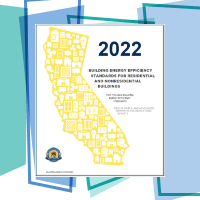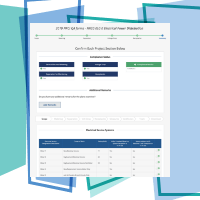
Title 24, Part 6 Energy Code Compliance Forms
Residential
Nonresidential & High-rise Multifamily
Low-rise Multifamily

Title 24, Part 6 Energy Code
Submit a Question

Title 20 Appliance Efficiency Regulations




